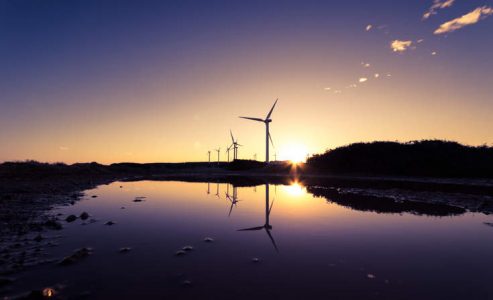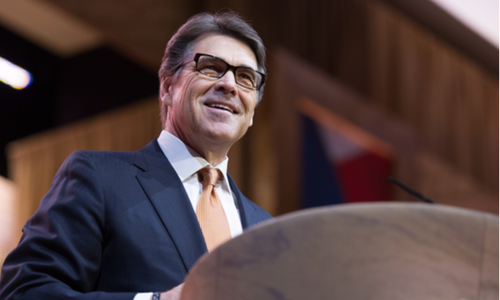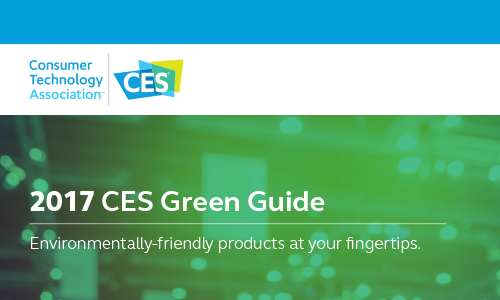Energy

Makovsky
Tuesday, April 7, 2015One of the most talked about “hot button” issues of our times is fracking (hydraulic fracturing): the process of injecting fluid into the ground at high pressure in order to break shale rocks and release the natural gas or petroleum liquids inside. A Google search of the word “fracking” yields more than 58 million mentions with the first result being, “The Dangers of Fracking.” Clearly people are talking about the issue—but what do they care about and where do they get their information? Makovsky Integrated Communications embarked on a journey to find out.
Conducting a survey via Facebook, we found that 57% of the 1,600 U.S. adults who responded believe that fracking is one of the three most important environmental issues today. Moreover, 65% said that they hear about fracking every week primarily through social media and internet news. In fact, it’s an issue that has levered the oil and gas industry into a state of chronic, simmering crisis—a condition that also afflicts financial services companies, the healthcare industry, the legal field and Federal government. These industries face a choice between two alternatives:
1. Do nothing and risk being vulnerable to confused, angry, fearful stakeholders demanding answers…and justice. Lose public trust and goodwill. Watch market share and stock price plummet. Make way for the legislators and regulators.
2. Obtain a social license ensuring stakeholders accept your project or presence. A social license is not something you acquire by filling out an application and paying a fee. It takes responsible, ethical behavior, good relationships and timely, effective, forthright communications. Doing so allows you to build trust and credibility and better educate and collaborate with customers, activists and the general public.
SOCIAL MEDIA FOR SOCIAL LICENSE
One of the best ways to acquire social license is through social media. Social media users can quickly and easily organize themselves into communities linked by similar interests and communicate with each other and corporate entities.
Social media is mainstream: it ranked third in Makovsky’s survey of where people get their news. And according to the 2013 Pew Research Internet Project, 73% of adults use a social media or networking site of some kind, and almost half are on multiple social networking sites.
When we analyzed fracking social media mentions from January–July 2014, we found that most of the conversation around the issue was taking place on Twitter from anti-fracking activists and groups. These anti-fracking individuals and groups are not just organizing and energizing the opposition, they’re doing it in ways that completely neutralize the oil and gas companies’ bigger public relations and advertising budgets.
CHANGING THE TERMS OF ENGAGEMENT
Successful anti-fracking activists stretch their modest budgets by focusing on more productive social media initiatives to add urgency to their messages and provide succinct talking points to the members of their communities.
Oil and gas companies that continue to fight the fracking battle with outmoded tactics—such as massive ad spending—can expect lackluster
results. TV advertising still has value, but it’s one tool, and not the whole tool chest. In fact, only 18% of our survey’s respondents say they heard about fracking from TV ads, while nearly 77% said they heard about it from digital and social media.
Companies entering the rough-and-tumble social sphere require more than shiny new technology; they need a new organizational mindset: one that’s open to collaboration and interaction. Ceding power to others can be a scary process, but most people are open to conversations and new ways of looking at the world. Talk with them—not at them—and most will listen.
INCREASING SHARE-OF-VOICE
The sweet spot for every company in any industry is where data meets marketing. It’s the incubator for social license and it’s energized by employee influencers who help build content credibility, share of voice and social following.
Influencers are not defined by a title or position. They tend to be competent, sympathetic networkers, who function across a wide variety of operational areas and are roughly four to six times more influential than the average employee. Studies show that 3% of employees influence 90 to 95% of their colleagues.
So how can you find them? Ask their colleagues. Working with a partner firm we have developed a simple, five-minute survey to assess professional and social influence. These “connected” individuals, with a bit of grooming, can become the perfect ambassadors for the company—the internal megaphones for a more powerful social media presence. Plus, they will add authenticity and human interest to social media conversations.
A WORD ABOUT WEBSITES
Many oil and gas companies’ websites are primarily designed to capture the attention of investors, job seekers and customers. While some incorporate scientific, technological and environmental information, they are woefully inadequate in terms of educational content for the general public. But does that really matter? Most will view content on a corporate website with some skepticism, since it’s coming straight from the corporate source. With this in mind, more companies should be involved in a shared content hub approach.
Shell and several other companies have recognized that viewership of educational and informative content can be increased if you work in partnership with a complementary media brand. Shell provides content to National Geographic’s website as part of the Nat Geo-sponsored “Great Energy Challenge,” intended to inform, educate and collaborate with visitors online. Shell pays for the “borrowed” audience and earns trust and credibility on a national scale. In addition, the interactive design of the site allows the company to learn more about the audience’s interest, providing valuable information for the development of future content as well as social media outreach. This tactic will also work well for companies who want to educate audiences where they operate through a respected local media partnership.
TAKE ACTION NOW
The information flow—and the rules of doing business—have irrevocably changed. Today, a company and its stakeholders are on more equal footing. Admittedly, that brings new challenges, but also significant new opportunities for all companies looking to acquire social license in the digital domain.











